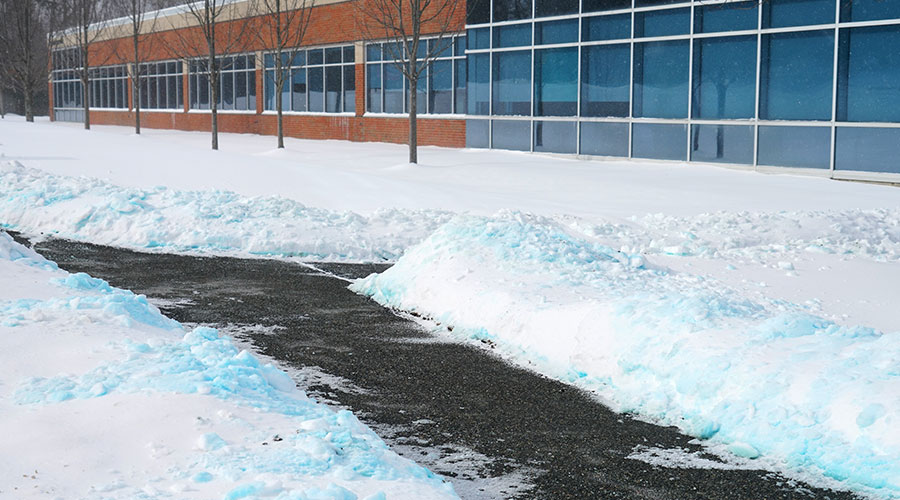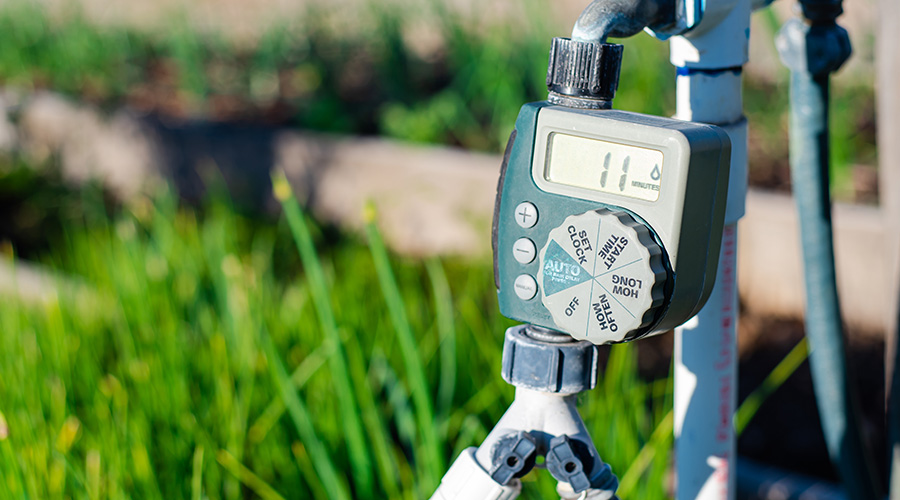Grounds Equipment: Training Reinforces Safety Considerations
Once the purchase is made, managers can integrate the new equipment into the department’s training program, which is tailored to both the organization’s needs and the workers’ skills and responsibilities.
“Training in equipment is based on several things,” O’Donnell says. “Not every employee is trained on every piece of equipment. Training depends on past experience, knowledge of the equipment and seniority.”
Just because a worker receives training on a piece of equipment does not mean he or she will use the equipment regularly.
“The best, most efficient and proficient operators will be assigned jobs that require that piece of equipment,” O’Donnell says. “That is the way to get the job done most accurately and efficiently.
“As an incentive for improving your skills with equipment, we provide a pay differential for operators. When an employee is operating a skid steer, for example, the hourly wage during that time will be higher than (the wage of) a laborer. This pay raise is an incentive for them to advance.
“I decide who is or has the potential to be most proficient on which equipment and who will be operating each piece.”
Finally, training also must reinforce safety as a priority. Managers need to mandate that employees follow all safe-operating guidelines as provided by the manufacturer. If operators override safety features or do not follow safe operational procedures and an accident occurs, it could result in tragic injury or property damage, as well as costly litigation.
Related Topics:














